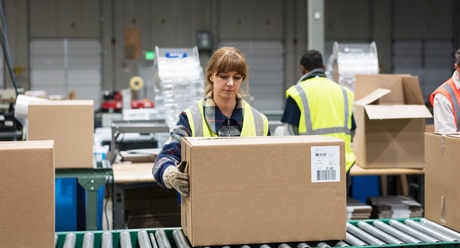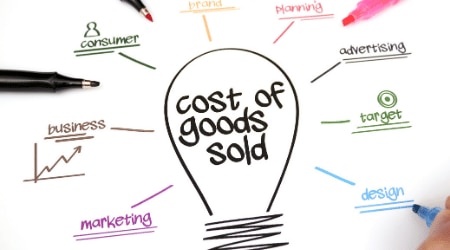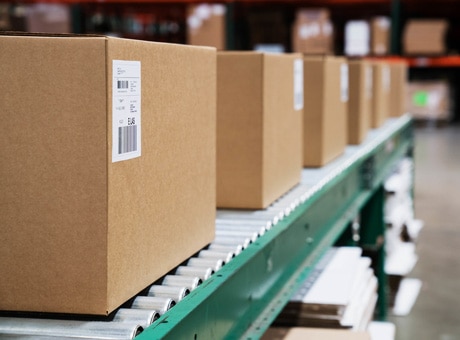The Administrative Costs
If you manage your inventory, or you hire someone else to manage your inventory, you will have administrative costs associated with your inventory. This holds true across the spectrum from enterprise-grade IKEA warehousing strategies to the solo entrepreneur who dropships every product sold. Inventory Management software like QuickBooks can help here.
On the enterprise side of the spectrum, warehousing operations require resources. At the entry level, you need people to manage and operate the warehouse. As the warehouse operation grows, you will want to invest in software systems and machinery to increase efficiency and lower costs. Whether you have two employees personally moving boxes on and off trucks and to and from shelves, or you have a next generation, fully-automated, robot-operated warehouse, you will always have administrative costs associated with your inventory.
Outsourcing inventory management to a third party logistics provider (3PL) also comes at a cost. The largest 3PLs in the world (e.g. DHL, Ceva, etc.) make the bulk of their money on managing your inventory. However, small business alternatives (e.g. Fulfillment by Amazon) are money makers as well. A brief look at Amazon’s fulfillment site plainly shows that while Amazon offers the small business owner benefits that were previously limited to larger companies, the services are fee-based. The money might be well worth it, but it must be accounted for.
Inventory is an asset, and if managed correctly, a powerful one. However, inventory comes with hidden costs that can sneak up on the inattentive business owner. Once you pick an inventory strategy, you must track all of your holding costs to ensure your inventory remains a valuable asset, not a burdensome liability.













